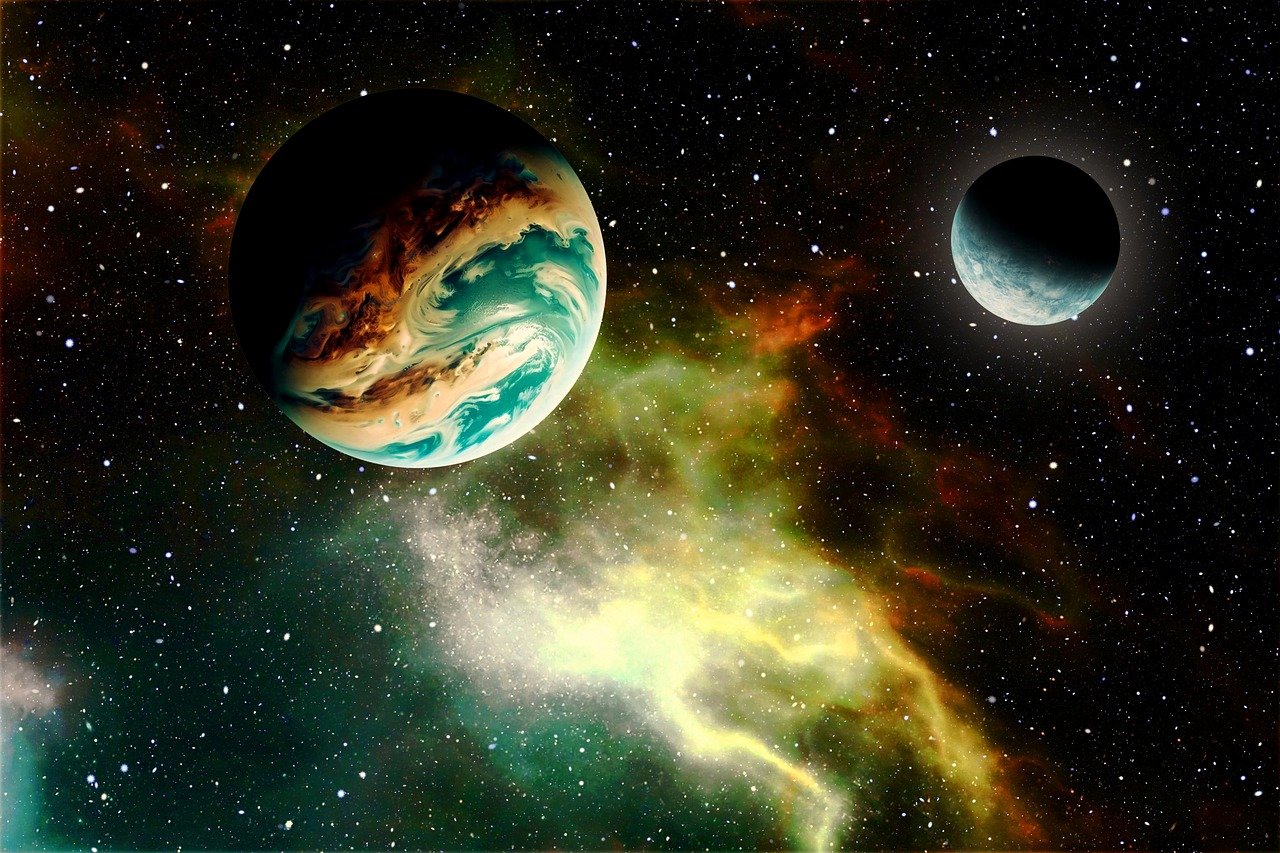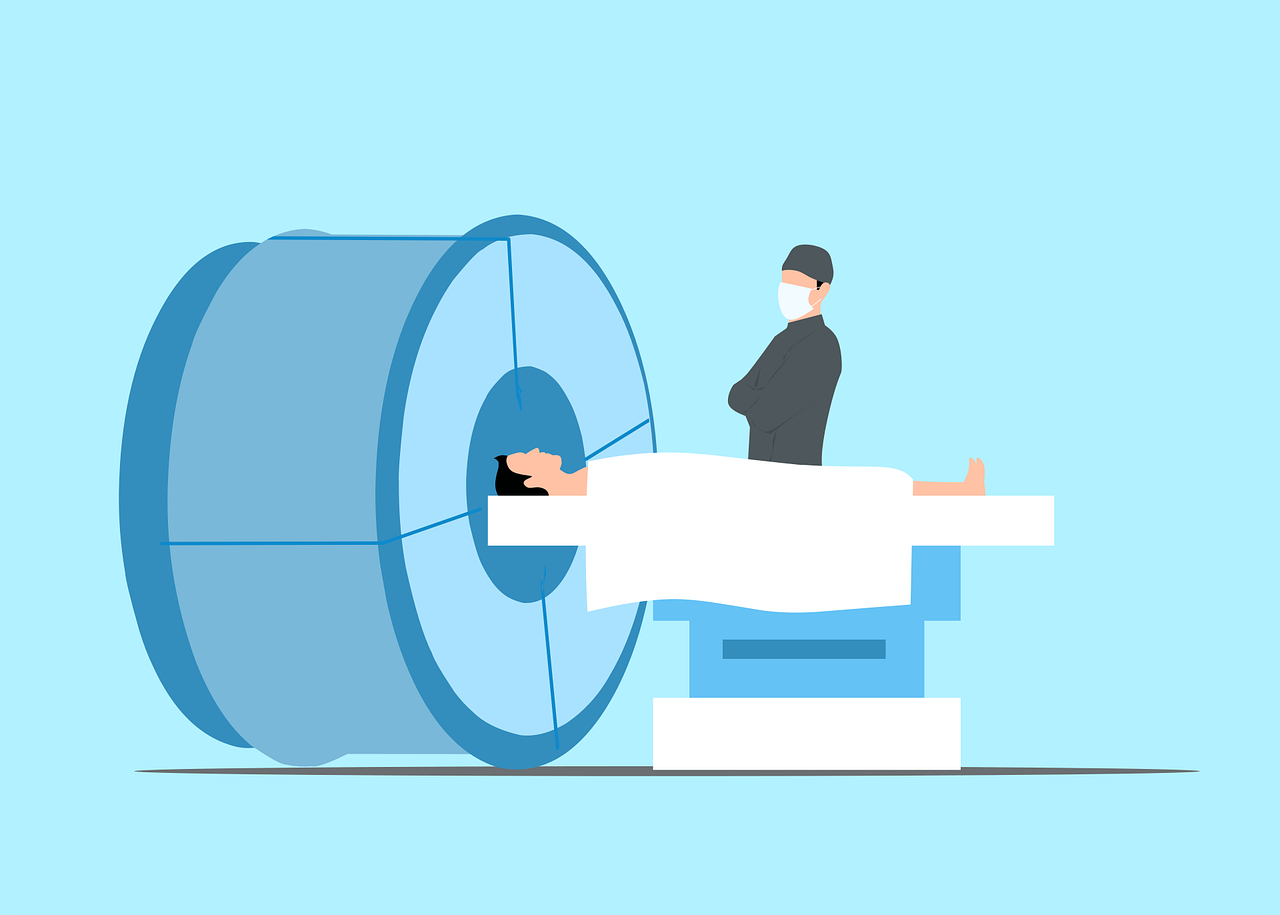
It is common for antimatter to be referred to in science fiction.
Antimatter is a class of matter that is made up of antiparticles . These antiparticles are constituted as a reflection of conventional particles: they have the same mass, but with opposite magnetic properties and electric charge.
To each particle , therefore, corresponds to its antiparticle . If both come into contact, mutual annihilation takes place, a process that involves their conversion into photons (that is, into an emission of radiation ).
Characteristics of antimatter
A simplified way of understanding antimatter is as the opposite of matter . If a matter is composed of electrons (with a negative electrical charge) and protons (positive electrical charge), its corresponding antimatter is formed with antielectrons (positive charge) and antiprotons (negative charge).
Because particles and antiparticles annihilate each other, if an individual made of antimatter existed and this subject touched a human being, both would die. Of course, this is scientific speculation and an assumption based on current theoretical knowledge.
It is very difficult to know where the antimatter is located. One hypothesis holds that, when the universe originated, matter existed in the same proportion as antimatter. It is not known, however, why antimatter structures or deposits have never been found in our universe.

The International Space Station is trying to find traces of antihelium from the big bang.
baryogenesis
The hypothetical process that led to the current asymmetry that exists between the amount of matter and the level of antimatter is called baryogenesis . It is unknown why, after the big bang , another similar explosion did not occur when matter met antimatter; In any case, some scientists believe that, in some as yet unexplored region of the universe, large areas of antimatter must exist.
Baryogenesis, in short, contemplates several hypotheses. One possibility is that antimatter galaxies exist that are governed by antigravity . Another alternative is that in those primitive proportions there was already a tiny matter-antimatter asymmetry, with a surplus in favor of matter.
A third assumption is what is known as CP symmetry violation . This phenomenon assumes that particles and antiparticles do not have symmetrical properties and that, according to the laws of physics , matter is more suitable to survive than antimatter. In this way, it is not essential to maintain that there was an excess of matter in the big bang.

Positron emission tomography (PET) allows antimatter to be used for medical studies.
Discovery of antimatter
The discovery of antimatter is attributed to the English physicist and mathematician Paul Dirac ( 1902 – 1984 ). Specifically, what Dirac did in 1928 was predict the existence of antiparticles before their experimental detection.
Through what is now called Dirac's equation , this scientist explained the elementary particles that have spin ½ mass and anticipated, naturally, the presence of antimatter. Dirac intended to postulate a theory of the electron taking into account quantum theory and the theory of special relativity , when he realized that the calculations required there to be a particle opposite the electron .
In other words, mathematics pointed out to Dirac that the existence of electrons was only possible if antielectrons also existed. Only in 1932 did Carl David Anderson discover the antielectron ( positron ); that is, the antiparticle of the electron.
More than two decades passed until, in 1955 , Owen Chamberlain and Emilio Segrè managed to detect antineutrons and antiprotons. The idea of antimatter, however, was only forged in 1965 when the creation of an antideuteron was achieved.
This antiparticle that presents an antineutron and an antiproton was obtained, in parallel, in a particle accelerator at the Conseil Européen pour la Recherche Nucléaire ( CERN ) and in another similar device at the Brookhaven National Laboratory . In the first case, it was an experiment led by Antonino Zichichi , while the second investigation had Leon Lederman as leader.
The creation of antihydrogen and antiproton helium atoms were other advances in the understanding of antimatter, as was the discovery of antimatter cosmic rays .
Its manufacture and conservation
The manufacture of antimatter is easier than its discovery. Particle physics appeals to collisions: when particle collisions are very strong, enormous amounts of energy are generated and numerous particles are produced.
Production of the first complete anti-atom was achieved in 1995 . At CERN facilities, antiprotons were fired at accumulations of xenon, which made it possible to find antihydrogen .
In theory, it is possible to create an entire antiperiodic table . By extension, an anti-universe could even occur. The main problem would lie in the manipulation of subatomic particles without the possibility of touching them due to annihilation.
Another challenge facing science is the storage of antimatter , since it cannot be kept in a common container (made of "conventional" matter). What is done is to combine a magnetic field and an electric field in different types of traps depending on the charge of the antiparticles, such as the Penning trap , the Paul trap or the Ioffe-Pritchard trap .
